
How to Use CVMC10: Examples, Pinouts, and Specs
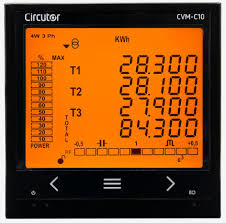
 Design with CVMC10 in Cirkit Designer
Design with CVMC10 in Cirkit DesignerIntroduction
The CVMC10 is a compact voltage-controlled oscillator (VCO) manufactured by Circurator with the part ID C10. It is designed for generating high-frequency signals with low phase noise, making it an essential component in communication systems, signal processing, and frequency synthesis applications. The CVMC10 offers excellent frequency stability and a wide tuning range, making it suitable for both professional and hobbyist projects.
Explore Projects Built with CVMC10
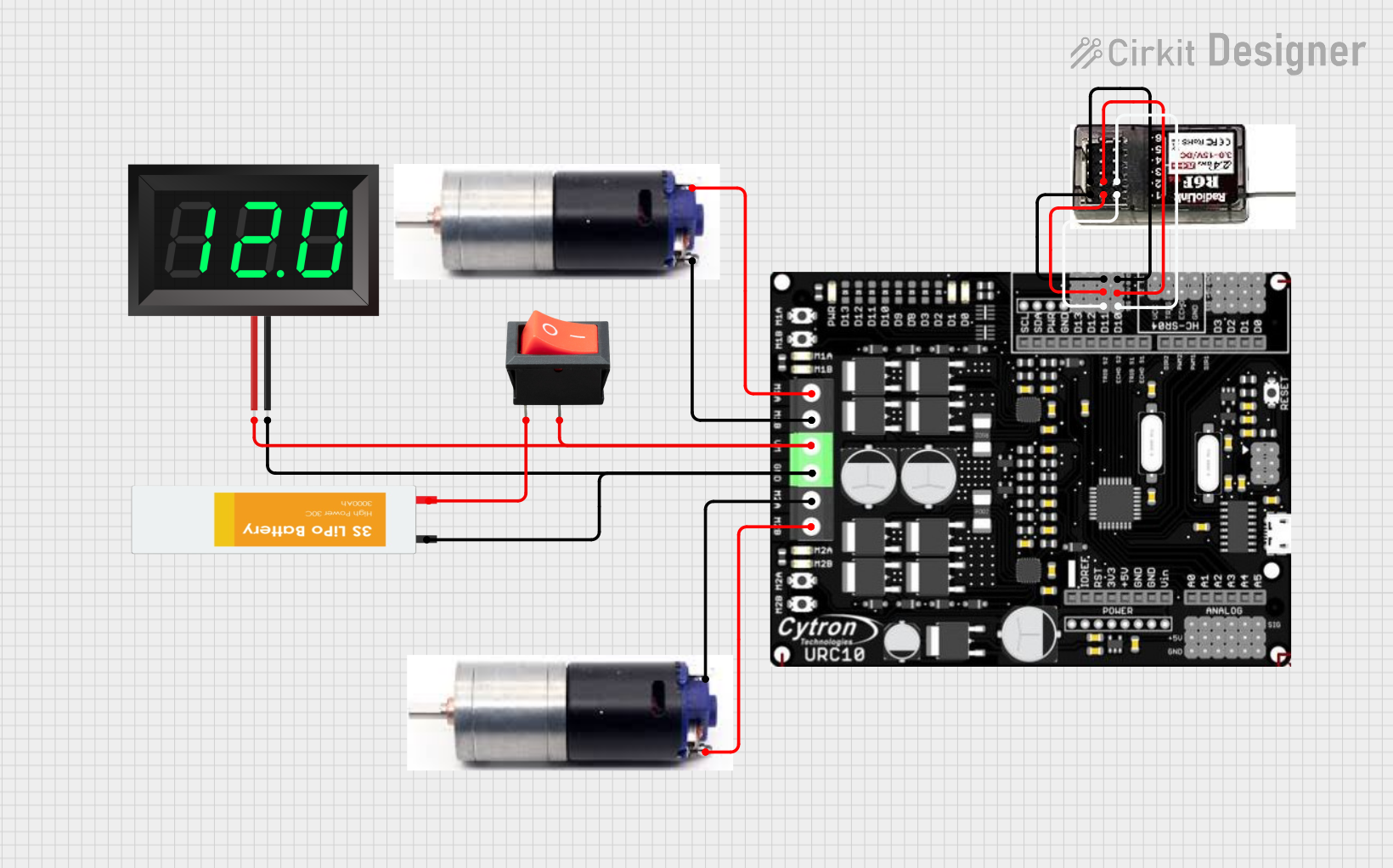
 Open Project in Cirkit Designer
Open Project in Cirkit Designer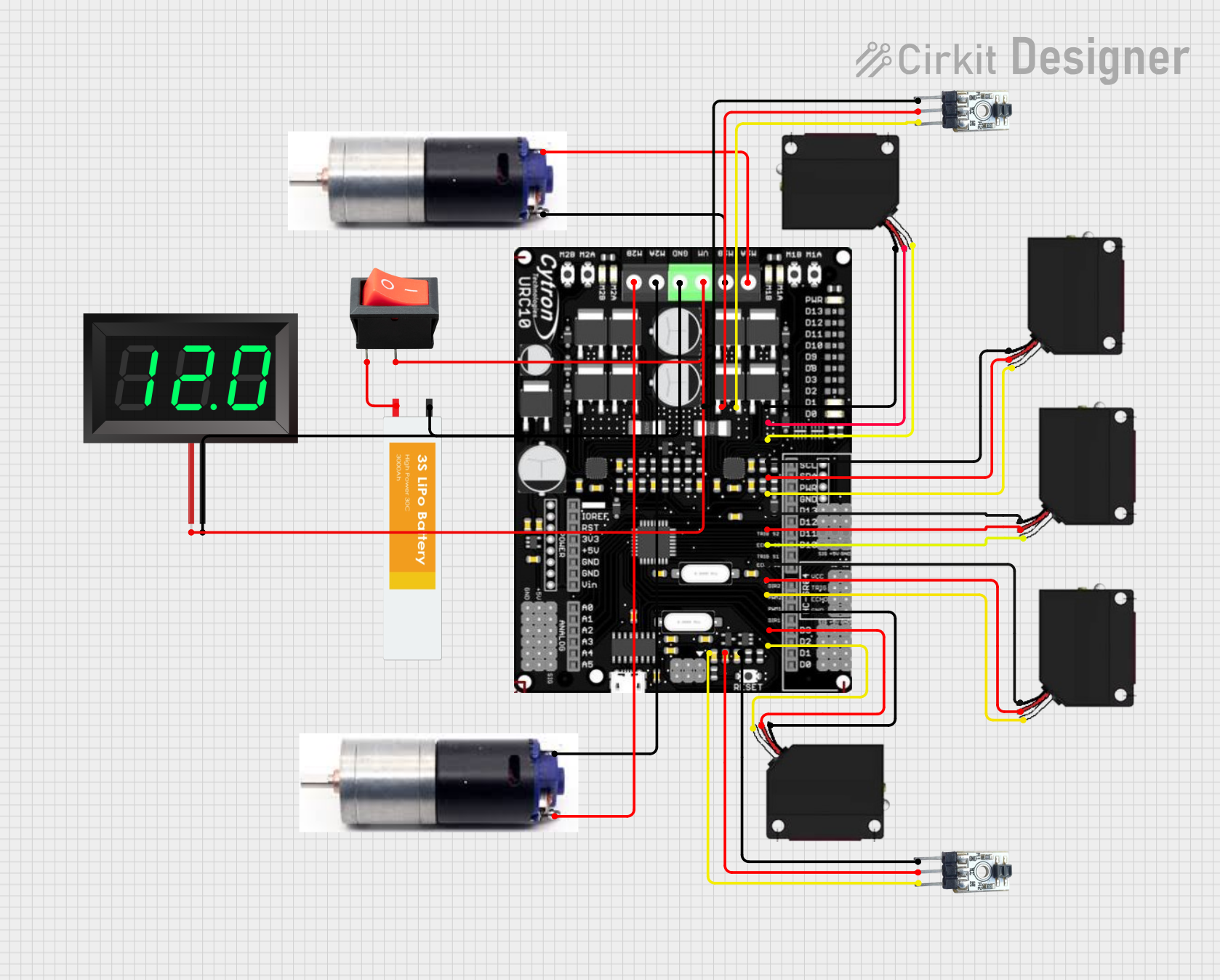
 Open Project in Cirkit Designer
Open Project in Cirkit Designer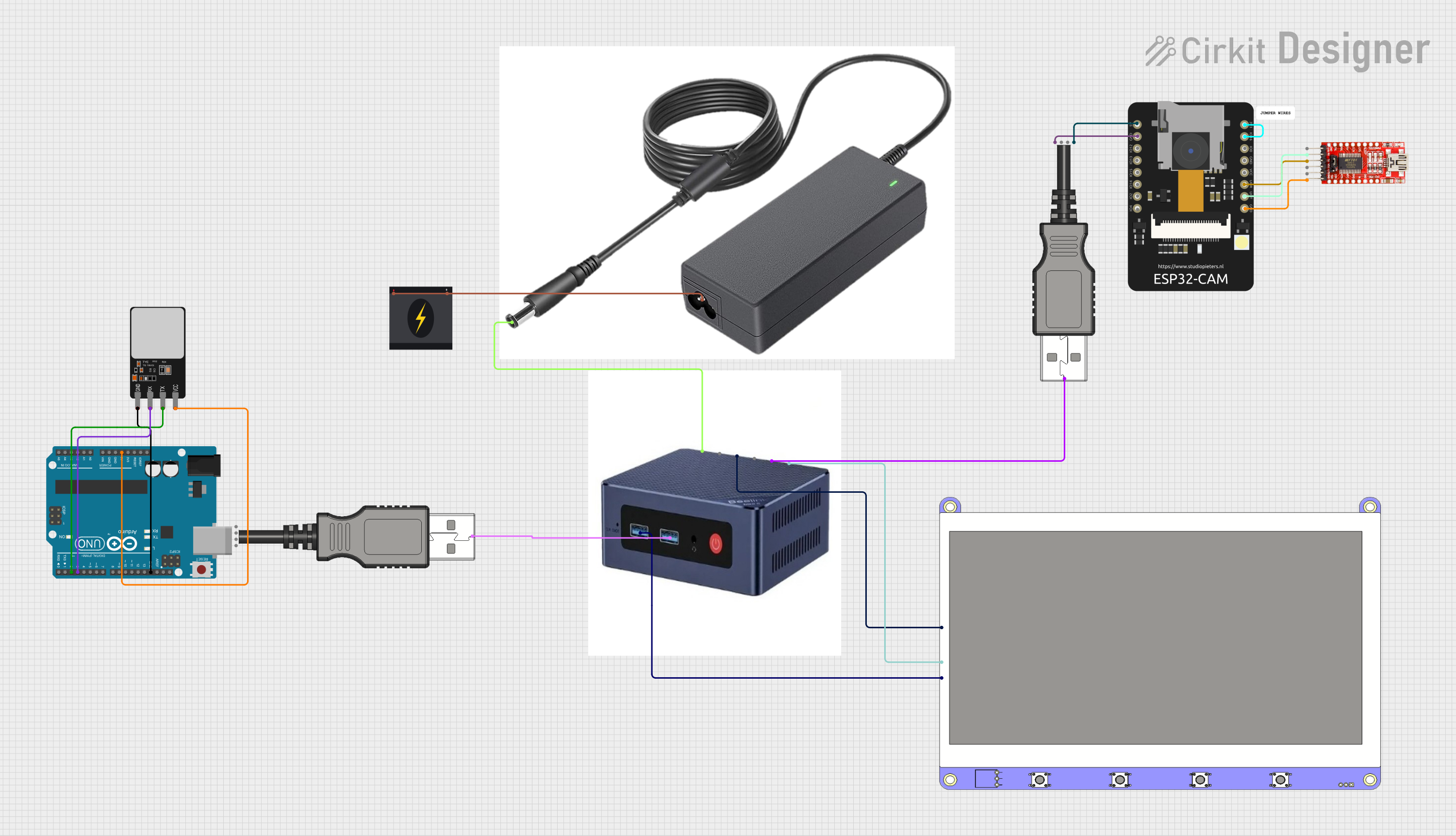
 Open Project in Cirkit Designer
Open Project in Cirkit Designer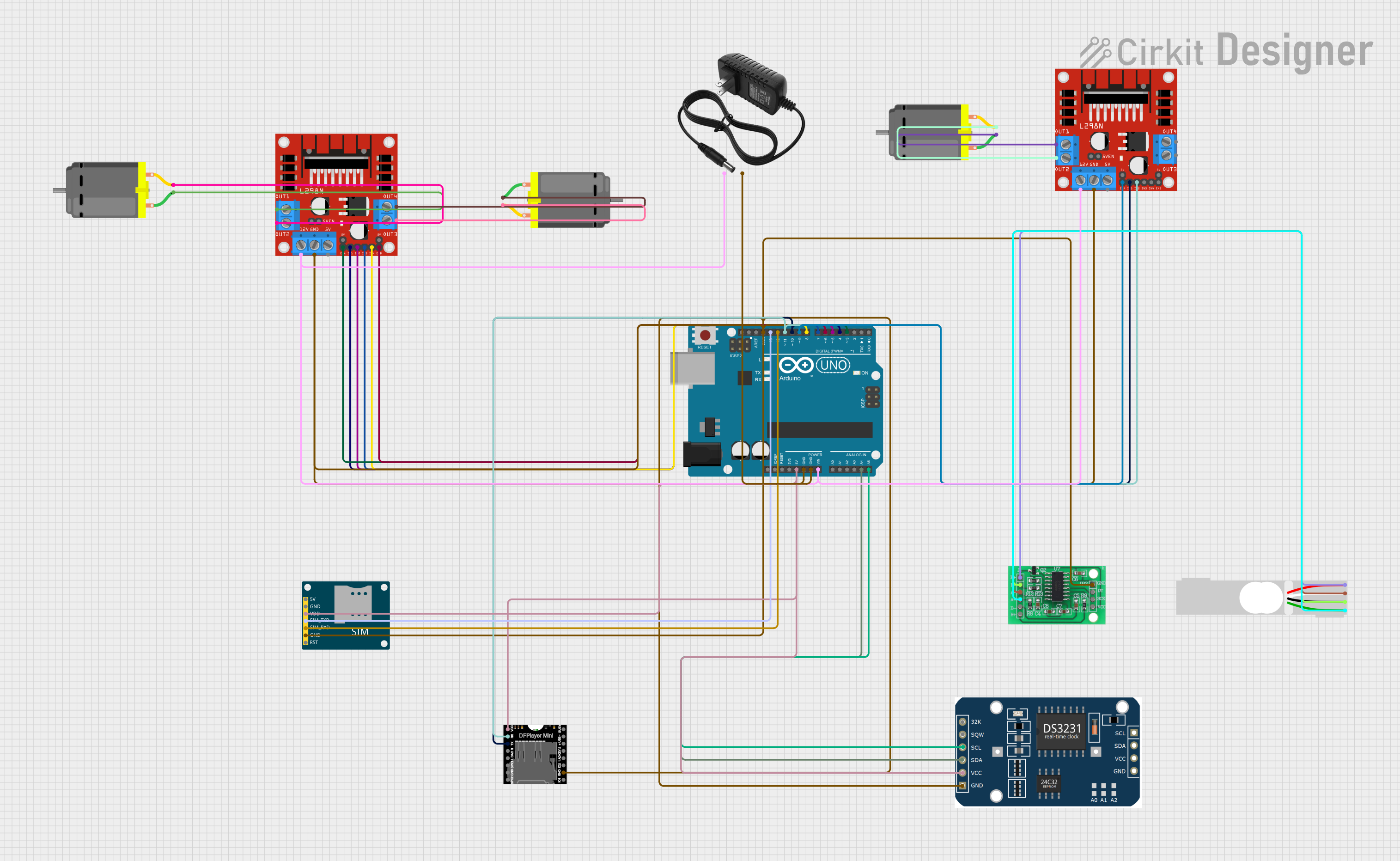
 Open Project in Cirkit Designer
Open Project in Cirkit DesignerExplore Projects Built with CVMC10

 Open Project in Cirkit Designer
Open Project in Cirkit Designer
 Open Project in Cirkit Designer
Open Project in Cirkit Designer
 Open Project in Cirkit Designer
Open Project in Cirkit Designer
 Open Project in Cirkit Designer
Open Project in Cirkit DesignerCommon Applications
- Wireless communication systems (e.g., RF transmitters and receivers)
- Signal generators and frequency synthesizers
- Phase-locked loops (PLLs)
- Radar and satellite communication systems
- Test and measurement equipment
Technical Specifications
Key Specifications
| Parameter | Value |
|---|---|
| Supply Voltage (Vcc) | 3.3V to 5.0V |
| Tuning Voltage Range | 0.5V to 4.5V |
| Frequency Range | 100 MHz to 1 GHz |
| Phase Noise | -120 dBc/Hz at 100 kHz offset |
| Output Power | +5 dBm (typical) |
| Output Impedance | 50 Ω |
| Operating Temperature | -40°C to +85°C |
| Package Type | 8-pin SOIC |
Pin Configuration and Descriptions
The CVMC10 is housed in an 8-pin SOIC package. The pinout and descriptions are as follows:
| Pin Number | Pin Name | Description |
|---|---|---|
| 1 | Vcc | Positive supply voltage (3.3V to 5.0V). |
| 2 | GND | Ground connection. |
| 3 | TUNE | Tuning voltage input (0.5V to 4.5V). |
| 4 | NC | No connection (leave unconnected). |
| 5 | OUT | RF output signal (50 Ω impedance). |
| 6 | NC | No connection (leave unconnected). |
| 7 | ENABLE | Enable/disable control (logic high to enable). |
| 8 | GND | Ground connection. |
Usage Instructions
How to Use the CVMC10 in a Circuit
- Power Supply: Connect the Vcc pin to a stable DC power supply (3.3V to 5.0V) and the GND pins to the ground of the circuit.
- Tuning Voltage: Apply a tuning voltage (0.5V to 4.5V) to the TUNE pin to control the output frequency. The frequency increases with the tuning voltage.
- Output Signal: The RF output signal is available at the OUT pin. Use a 50 Ω load for optimal performance.
- Enable/Disable: Use the ENABLE pin to control the oscillator. Apply a logic high signal to enable the VCO and a logic low signal to disable it.
- Bypass Capacitors: Place decoupling capacitors (e.g., 0.1 µF and 10 µF) close to the Vcc pin to reduce noise and ensure stable operation.
Important Considerations and Best Practices
- Ensure the tuning voltage does not exceed the specified range (0.5V to 4.5V) to avoid damaging the component.
- Use a low-noise power supply to minimize phase noise in the output signal.
- Keep the RF output trace as short as possible and use proper impedance matching techniques to maintain signal integrity.
- Avoid placing the CVMC10 near high-power or noisy components to prevent interference.
Example: Using CVMC10 with Arduino UNO
The CVMC10 can be controlled using an Arduino UNO to generate a variable frequency output. Below is an example code to control the tuning voltage using a PWM signal.
// Example: Controlling CVMC10 tuning voltage with Arduino UNO
// This code generates a PWM signal to control the tuning voltage of the CVMC10.
// Ensure a low-pass filter is used to convert the PWM signal to a stable DC voltage.
const int pwmPin = 9; // PWM output pin connected to the TUNE pin of CVMC10
void setup() {
pinMode(pwmPin, OUTPUT); // Set the PWM pin as an output
}
void loop() {
for (int dutyCycle = 0; dutyCycle <= 255; dutyCycle++) {
// Gradually increase the PWM duty cycle from 0 to 255
analogWrite(pwmPin, dutyCycle);
delay(20); // Wait for 20ms before increasing the duty cycle
}
for (int dutyCycle = 255; dutyCycle >= 0; dutyCycle--) {
// Gradually decrease the PWM duty cycle from 255 to 0
analogWrite(pwmPin, dutyCycle);
delay(20); // Wait for 20ms before decreasing the duty cycle
}
}
Note: Use a low-pass RC filter (e.g., 10 kΩ resistor and 0.1 µF capacitor) to smooth the PWM signal into a stable DC voltage before connecting it to the TUNE pin.
Troubleshooting and FAQs
Common Issues and Solutions
No Output Signal:
- Ensure the ENABLE pin is set to logic high.
- Verify the power supply voltage is within the specified range (3.3V to 5.0V).
- Check the tuning voltage and ensure it is within the 0.5V to 4.5V range.
High Phase Noise:
- Use a low-noise power supply and proper decoupling capacitors.
- Minimize interference from nearby components by proper PCB layout design.
Output Frequency is Incorrect:
- Verify the tuning voltage applied to the TUNE pin.
- Check for any impedance mismatches in the output signal path.
Component Overheating:
- Ensure the supply voltage does not exceed 5.0V.
- Check for short circuits or excessive current draw in the circuit.
FAQs
Q1: Can the CVMC10 operate at frequencies below 100 MHz?
A1: No, the CVMC10 is designed to operate within the specified frequency range of 100 MHz to 1 GHz.
Q2: What happens if the tuning voltage exceeds 4.5V?
A2: Applying a tuning voltage beyond the specified range may damage the component or result in unpredictable behavior.
Q3: Can I use the CVMC10 with a 3.3V power supply?
A3: Yes, the CVMC10 supports a supply voltage range of 3.3V to 5.0V. Ensure the tuning voltage is scaled accordingly.
Q4: Is the CVMC10 suitable for battery-powered applications?
A4: Yes, its low power consumption and wide operating voltage range make it suitable for battery-powered designs.